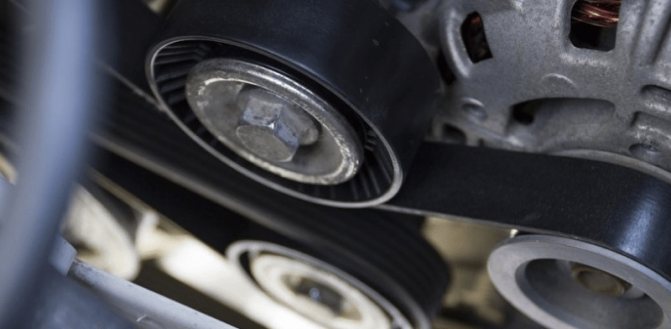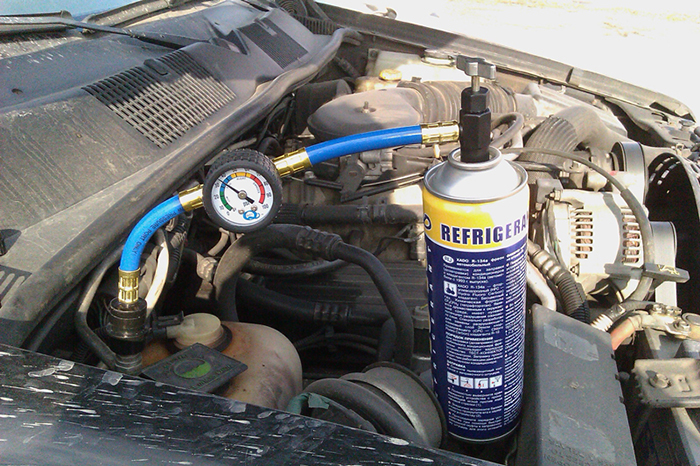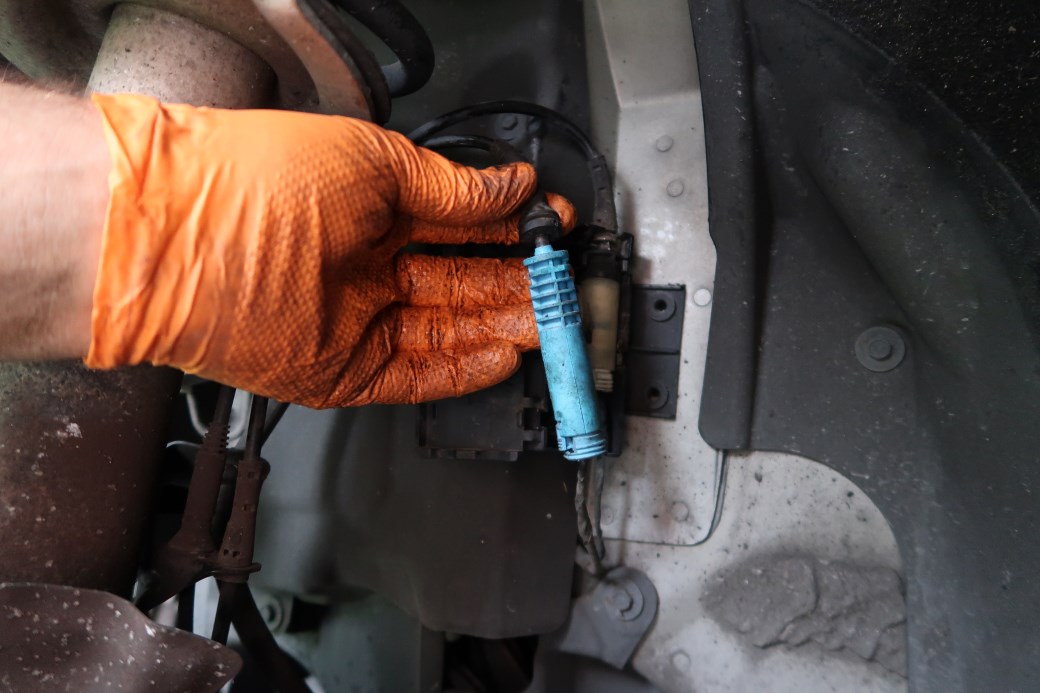 When you’re driving and your car suddenly dies, the last thing you want to do is panic.
When you’re driving and your car suddenly dies, the last thing you want to do is panic.
Here are some tips for what to do if your vehicle won’t stay running unless your foot is on the gas pedal.
The most common reasons why your car won’t stay running unless the foot is on gas
There are a few potential causes for why a car won’t stay running unless your foot is on the gas pedal:
- The most common reason is that there is something blocking the fuel line. To check this, look under the hood of the car for any obstructions in the fuel line and remove them if necessary.
- If the problem persists, it could be an issue with the fuel pump. Fuel pumps are located in the gas tank and supply gasoline to the engine. If the fuel pump is not working properly, it will need to be replaced. Lastly, if none of these solutions work, take your car to a mechanic to have it checked out.
- Another potential reason for a car stalling could be improper airflow sensor readings. The airflow sensor is located in the air intake duct and measures the amount of air flowing into the engine. If the sensor is not working properly, it can cause the engine to stall. The sensor can be replaced if necessary.
- A faulty throttle position sensor (TPS) might be another reason for a car to stall. The throttle position sensor is located on the throttle body and is responsible for sending signals to the car’s Engine Control Unit (ECU) telling it how far the throttle is open. If this sensor is not working properly, it can cause the car to stall.
- The idle air control valve (IAC) is responsible for regulating the amount of air that flows into the engine when the car is idling. If this valve becomes dirty or clogged, it can cause the car to stall.
- Finally, low compression levels can also cause a car to stall. Low compression means that there is not enough pressure in the cylinders to keep the engine running. This can be caused by a leak in the cylinder head gasket or a problem with the piston rings. If this is the case, the car will need to be taken to a mechanic to be repaired.
Tips for what to do if your car won’t stay running unless the foot is on gas
When your car won’t stay running unless you keep your foot on the gas, there are a few things that you should do. The first thing to keep in mind is that this problem can be caused by a variety of factors. It may be due to a faulty sensor or some other mechanical issue, or it could simply be a result of inefficient driving habits. No matter what the cause, there are steps that you can take to address the issue and get your car working properly again.
One key thing to do is to ask other people for their experiences and advice. Talk to friends and family members who have faced a similar situation with their cars, or reach out to an experienced mechanic or car expert for their insights. This can help you gain valuable insight into what might be causing your car’s difficulties and how best to resolve them.
You should also try some basic troubleshooting techniques on your own:
- First, it is important to check parts of your car that may be causing the problem. These could include things like the fuel pump or battery, both of which may need to be replaced if they are not working properly. Check all engine systems for any signs of trouble and make sure that the timing is functioning correctly.
- Then check to see if there is anything blocking the fuel line. If there is, clear it and try again.
- If that doesn’t work, check the fuel pump to see if it’s working properly. If not, you’ll need to replace it.
- Pay attention to your driving speed and times – does your car stall at certain speeds? If so, adjust your driving based on these conditions until you find one where the engine stays running smoothly.
- Finally, if all else fails, take your car to a mechanic to have it checked out.
With these tips, you’ll be able to figure out why your car won’t stay running unless your foot is on the gas and take the necessary steps to fix it. Just remember to stay calm and don’t panic if your car starts acting up – you’ll be able to figure it out in no time!
If you are unable to identify the cause on your own, it may be helpful to consult with a mechanic. They will be able to take a look at your car and figure out what is wrong.
In the meantime, try to avoid driving your car if it won’t stay running without your foot on the gas pedal. This could cause further damage to your car and may be dangerous.
The most popular fault codes define the error precisely.
The most common fault codes that can help identify the problem with your car are those related to engine performance. These codes typically indicate issues with the fuel injectors, ignition, or air systems of your car’s engine. Some examples of common fault codes include:
P0300 (misfire in multiple cylinders)
If your car is displaying a P0300 code, it means that there is a misfire in one or more of the cylinders. A misfire can be caused by a number of different issues, including:
- a faulty spark plug,
- a problem with the ignition system,
- compression issues, or
- a fuel system issue.
To address a P0300 code, it is important to carefully diagnose the root cause of your car’s misfiring. This may involve checking the spark plugs, ignition system, and fuel system for any potential issues. Depending on the specific cause of your misfire, you may need to replace faulty components or perform other repairs as necessary. With proper diagnosis and care, you can get your car’s engine running smoothly again.
P0420 (catalytic converter efficiency)
A P0420 code indicates that there is an issue with the catalytic converter in your car. The catalytic converter is responsible for converting harmful emissions produced by the engine into less harmful substances.
If the catalytic converter efficiency is low, it can cause a number of problems, including increased emissions, decreased fuel efficiency, and performance issues.
P052A0 (throttle position sensor)
If your car is showing a P052A code, it means that there is an issue with the throttle position sensor. The throttle position sensor is responsible for sending signals to the engine computer telling it how far the throttle is open. If this sensor is not working properly, it can cause problems with your car’s engine performance and fuel efficiency.
P0600 (serial communication error)
If your car is displaying a P0600 code, it means that there is an error in the serial communication between the engine computer and other electronic components in your car. This can cause a number of problems, including decreased fuel efficiency and performance issues.
P008B70 (intake manifold pressure sensor)
A P008B code indicates that there is an issue with the intake manifold pressure sensor. The intake manifold pressure sensor is responsible for sending signals to the engine computer telling it the pressure in the intake manifold.
P0607 (control module performance)
A P0607 code indicates that there is an issue with the control module performance. The control module is responsible for sending signals to the engine computer telling it how to operate the car’s engine. If this module is not working properly, it can cause problems with your car’s engine performance and fuel efficiency.
P040A00 (temperature sensor fault)
A P040A code indicates that there is an issue with the temperature sensor. The temperature sensor is responsible for sending signals to the engine computer telling it how hot or cold the engine is.
Whether your car is showing a P0171, P0300, P0420, or P0500 code, it’s important to address the issue right away in order to protect the health and performance of your engine. With proper diagnosis and care from a skilled mechanic, you can get your car running smoothly again in no time.
These are just a few examples of the most common fault codes related to engine performance. If your car is displaying any of these codes, it’s important to have it checked by a mechanic as soon as possible. With proper diagnosis and care, you can get your car’s engine running smoothly again.
Best tips for keeping your car running smoothly
Looking for a way to keep your car running smoothly? Here are a few tips and best practices to help you maintain and care for your engine effectively.
One important thing to focus on is maintenance, such as checking the spark plugs, ignition system, and fuel system regularly. Additionally, it’s important to keep your car properly tuned and well-maintained to avoid common performance issues like P0171, P0300, P0420, or P0500.
Another key aspect of engine maintenance is addressing any fault codes that may be present. If your car is displaying any of the codes listed above, it’s important to take it to a mechanic right away for proper diagnosis and care.
By following these tips and best practices, you can help keep your car’s engine running smoothly for years to come.


